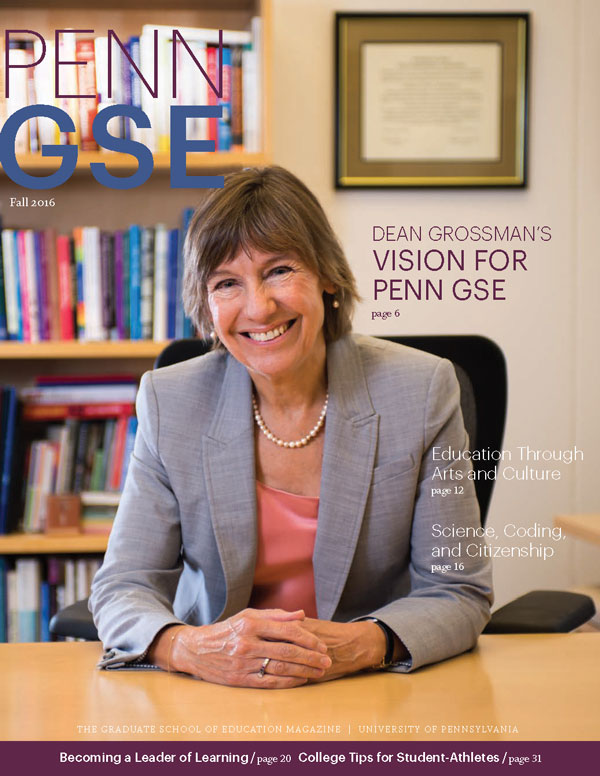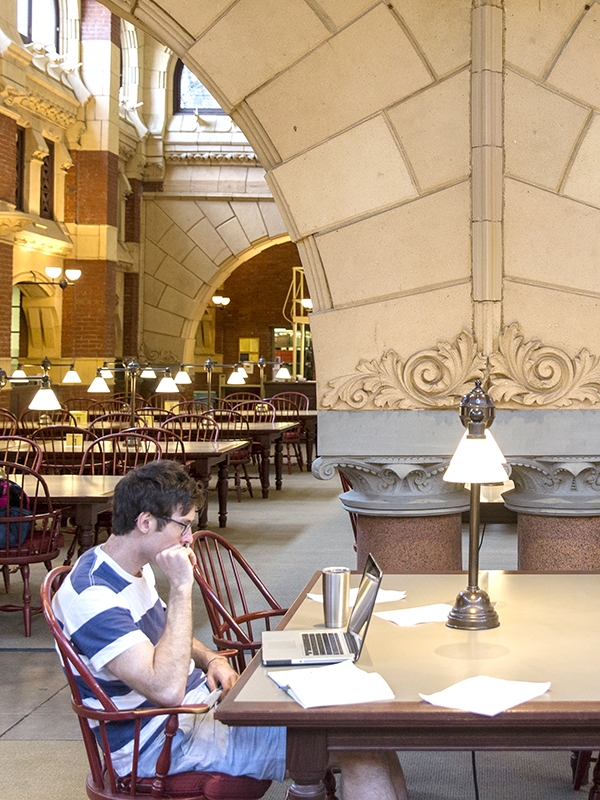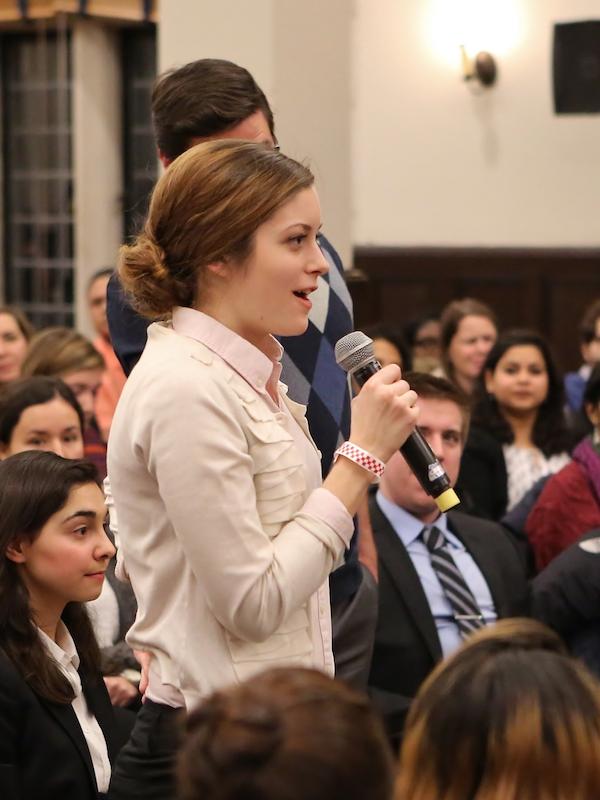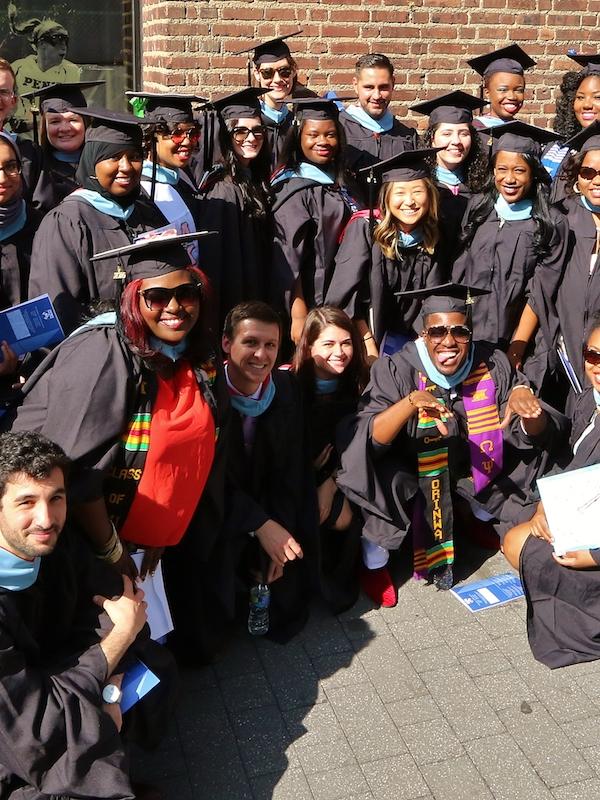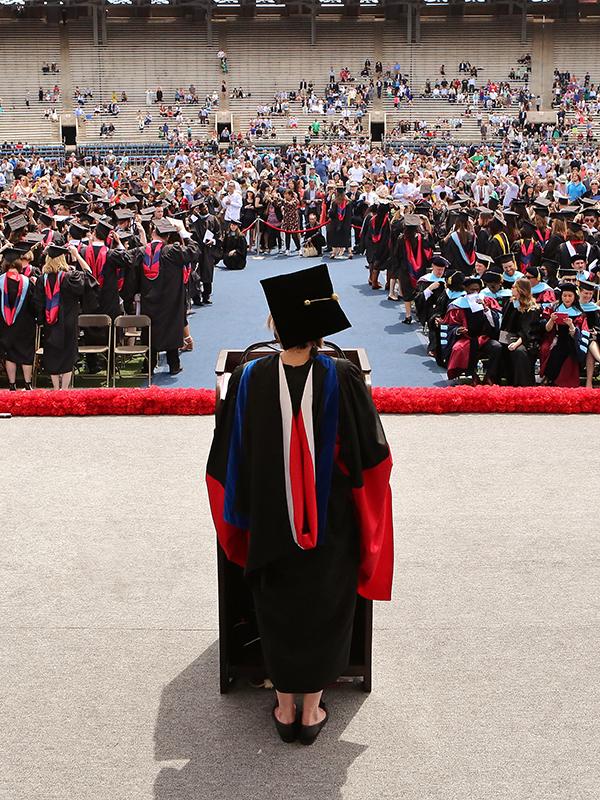Bringing Home the Lessons of the Holocaust
“To be able to walk through an environment that is so powerfully curated often has a tremendous, and sometimes life-changing, impact on visitors.”
by Susan Counsins Breen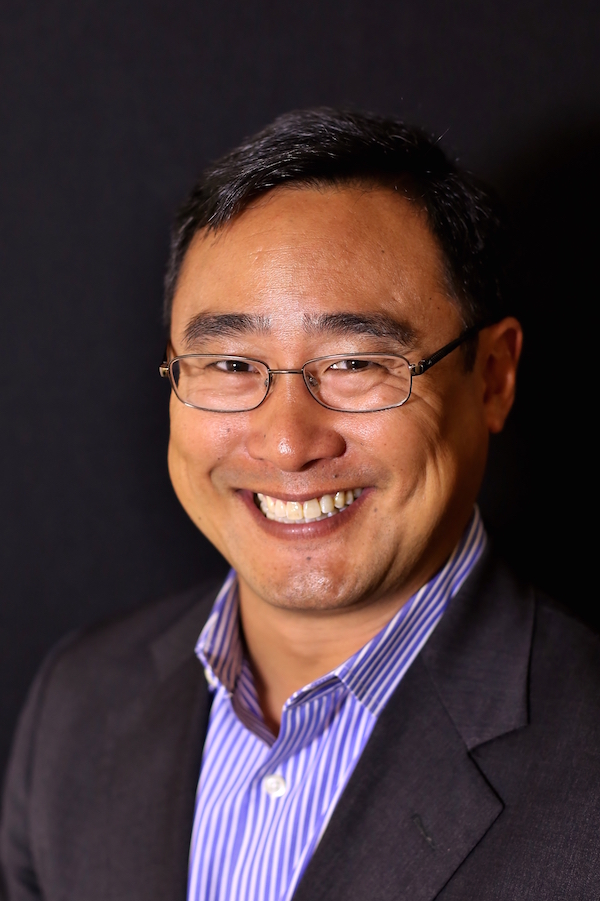
United StatesHolocaust Memorial Museum
Photo by Darryl W. Moran Photography
To Jesse Nickelson, GRD’11, learning in a museum is a powerful way to approach the weight of history. As director of Youth and Community Initiatives at the United States Holocuast Memorial Museum, he engages young people to reflect upon the Holocaust and its implications for their responsibilities as a citizen of democracy.
“The museum is a living memorial to the Holocaust, preserving the memory of the Holocaust and the lives of its victims, and inspiring citizens and leaders worldwide to confront hatred, prevent genocide, and promote human dignity,” says Nickelson. “It’s a hard place to visit, but for young people, we like to use this as a moment to activate them, to help them discover their own sense of agency to build a better world.”
Nickelson was a high school teacher in Washington, DC, when he began recruiting students for the museum’s Bringing the Lessons Home program, which he now directs. Both as a teacher and a museum administrator, he has viewed himself as responsible for cultivating civic engagement and leadership in students.
“As a social studies teacher, my work centered around developing young people as civically engaged citizens and leaders,” says the DC native. “In my role at the museum, I have the opportunity to do both in a different setting.”
A graduate of Penn GSE’s Mid-Career Doctorate in Educational Leadership program, Nickelson credits it with broadening his understanding of leadership, insight that benefits both his work and his interactions with students. “Leadership is not about a position or the status you have,” he says. “It’s about the role you play in addressing a challenge or problem.”
Through carefully designed surroundings, the museum creates a comprehensive narrative and an emotional testament to an unprecedented tragedy. Architectural elements are used to evoke darkness and light; photographs and personal belongings bear witness to the victims’ lives. “To be able to walk through an environment that is so powerfully curated often has a tremendous, and sometimes life-changing, impact on visitors,” Nickelson says. “Seeing the images, video, and artifacts, and feeling the temperature of the museum—we have it very cold, even in the winter—is not something you can replicate in a classroom.”
Through Bringing the Lessons Home, Nickelson directs learning that comes in stages. Public high school students in the DC area learn how to develop and present a tour narrative, complete an art memory project with survivor volunteers, and put together toolkits that ambassadors use during school visits. The program aims to give students a basis for exploring the nature of indifference, racism, and genocide, as well as their roles as citizens of a democracy, so they can “bring the lessons home” to their families, friends, and communities.
“This is a most humbling place to work,” says Nickelson. “Our programs connect individuals and give them the ability, space, and time to reflect on their own humanity and vulnerability.”
This article originally appeared in the Fall 2016 issue of The Penn GSE Magazine.

